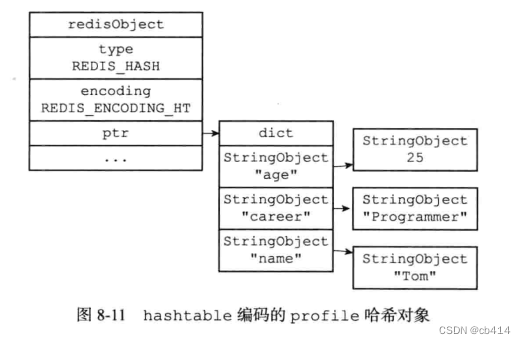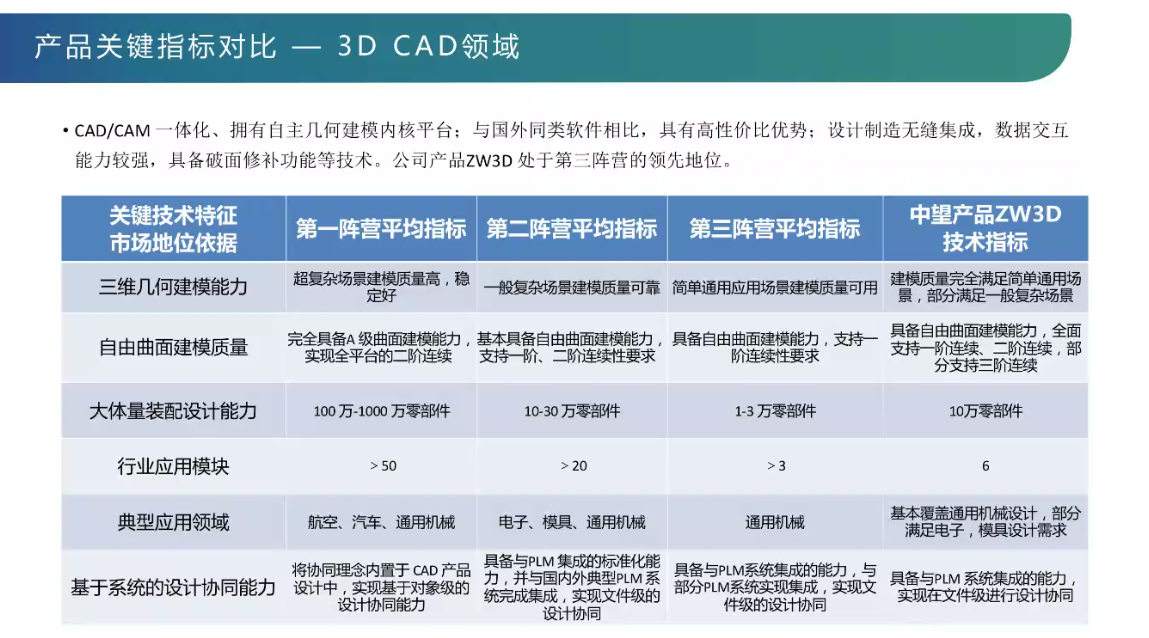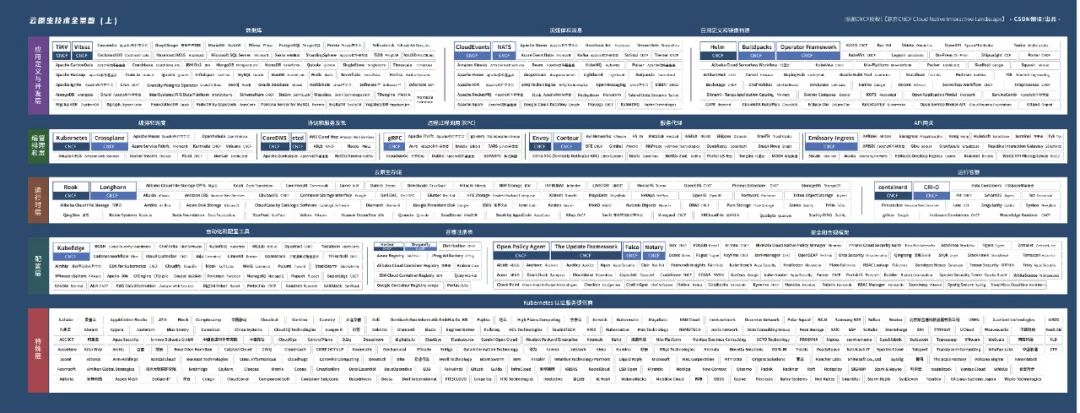当前位置:网站首页>Typical application of "stack" - expression evaluation (implemented in C language)
Typical application of "stack" - expression evaluation (implemented in C language)
2022-07-02 18:37:00 【Full stack programmer webmaster】
Hello everyone , I meet you again , I'm your friend, Quan Jun .
Expression evaluation is a basic problem in programming language compilation . Its implementation is right “ Stack ” Typical application of . This paper uses the simplest and intuitive algorithm for expression evaluation “ Operator first ”.
We all know that the operation rule of arithmetic four operations is :
First, , Add or subtract after .
From left to right
Let's start with the brackets , And then you can count out the brackets
Expressions make up
Any expression has operands 、 Operators and delimiters .
Operands can be constants , It can also be an identifier described as a variable or constant .
Operators can be divided into arithmetic operations , Relational operations and logical operators .
Delimiters include left and right parentheses and terminators .
This article only uses arithmetic operation for convenience of demonstration .
Operator priority
For successive operators θ1 and θ2 There are three relationships : Greater than 、 Equal to and less than . From this we can list “+-*/” Between priorities . The following table :
+ | – | * | / | ( | ) | # | |
|---|---|---|---|---|---|---|---|
+ | > | > | < | < | < | > | > |
– | > | > | < | < | < | > | > |
* | > | > | > | > | < | > | > |
/ | > | > | > | > | < | > | > |
( | < | < | < | < | < | = | |
) | > | > | > | > | > | > | |
# | < | < | < | < | < | = |
The priority of addition, subtraction, multiplication and division is lower than “(” But higher than “)”, From the operation from left to right , When θ1=θ2 , Make θ1>θ2
In order to simplify the algorithm , Dummy one on the left and right of the expression “#”, This pair of “#” Indicates that the evaluation of an expression is completed .
“(”=“)” When a pair of parentheses meet, it means that the operation within the parentheses has been completed .
“)” and “(”、“#” and “(”、“(” and “#” Cannot appear one after another. If it appears, the expression has a syntax error .
To implement the priority algorithm , You can use two work stacks , One is OPTR, Used to register operator , One is OPND, It is used to register the operation number and operation result .
The basic idea of the algorithm .
First, set the operand stack to empty , The expression starts with “#” Is an element at the bottom of the stack .
Read each character in the expression in turn , If operand, enter OPND Stack , If it's an operator, it's the same as OPTR The stack top operator of the stack compares the priority and performs corresponding operations , Until the entire expression is evaluated (OPTR The top element of the stack and the currently read characters are “#”)
Code implementation :
First, get familiar with the relevant operations of the stack :
#include "stdio.h"
#include "malloc.h"
#define TRUE 1
#define FALSE 0
#define OK 1
#define ERROR 0
#define INFEASIBLE -1
#define OVERFLOW -2
typedef int Status;
#define STACK_INIT_SIZE 100
#define STACKINCREMENT 10
typedef struct{
SElemType *base;
SElemType *top;
int stacksize;
}SqStack;
// Construct an empty stack
Status InitStack(SqStack *S){
S->base = (SElemType*)malloc(STACK_INIT_SIZE*sizeof(SElemType));
if(!S->base)
exit(OVERFLOW);
S->top=S->base;
S->stacksize=STACK_INIT_SIZE;
return OK;
}
// Judge whether it is an empty stack
Status StackEmpty(SqStack S){
if(S.top == S.base)
return TRUE;
else
return FALSE;
}
// use e return S The top element of
Status GetTop(SqStack S, SElemType *e){
if(S.top == S.base)
return ERROR;
*e = *(S.top-1);
return OK;
}
// Insert e For the new top element
Status Push(SqStack *S, SElemType e){
if((S->top - S->base) >= S->stacksize){
S->base = (
SElemType*)realloc(S->base,
(S->stacksize+STACKINCREMENT)*sizeof(SElemType)
);
if(!S->base)
exit(OVERFLOW);
S->top = S->base +S->stacksize;
S->stacksize += STACKINCREMENT;
}
*(S->top)=e;
S->top++;
return OK;
}
// Delete S The top element of , And use e Return its value
Status Pop(SqStack *S, SElemType *e){
if(S->top == S->base)
return ERROR;
S->top--;
*e = *(S->top);
return OK;
}
// From the bottom of the stack to the top of the stack S Each element of the Visit(), In case of failure, the operation is invalid
Status ListTraverse(SqStack S,Status (*visit)(SElemType)){
SElemType *p;
p=S.base;
for(p=S.base;p<S.top;p++)
(*visit)(*p);
return OK;
}
// Output elements e
Status output(SElemType e){
printf("%d ",e);
return OK;
}Code that implements expression evaluation :
/* Evaluate an integer expression
* The expression must be in # end
* Multiple digits can appear in the expression ,
* Spaces can appear in expressions
* Operators include +,-,*,/,(,)
* The result of the operation can be multiple integers , And return as an integer
*/
typedef int SElemType; /* The type of element put on the stack */
#include <ctype.h>
#include "stack_s.c"
/* Judge whether a character entered is an operator
*c Indicates the character entered
*op The array stores operators that the system can recognize
*/
Status in(char c,char op[]){
char *p;
p=op;
while(*p != '\0'){
if(c == *p)
return TRUE;
p++;
}
return FALSE;
}
/* Compare the priority of two operators
*a,b Store the operators to be compared in
*'>' Express a>b
*'0' Indicates an impossible comparison
*/
char Precede(char a, char b){
int i,j;
char pre[][7]={
/* The priority between operators is made into a table */
{'>','>','<','<','<','>','>'},
{'>','>','<','<','<','>','>'},
{'>','>','>','>','<','>','>'},
{'>','>','>','>','<','>','>'},
{'<','<','<','<','<','=','0'},
{'>','>','>','>','0','>','>'},
{'<','<','<','<','<','0','='}};
switch(a){
case '+': i=0; break;
case '-': i=1; break;
case '*': i=2; break;
case '/': i=3; break;
case '(': i=4; break;
case ')': i=5; break;
case '#': i=6; break;
}
switch(b){
case '+': j=0; break;
case '-': j=1; break;
case '*': j=2; break;
case '/': j=3; break;
case '(': j=4; break;
case ')': j=5; break;
case '#': j=6; break;
}
return pre[i][j];
}
/* Perform actual operations
*a,b Two operands to be operated are stored in the form of integers
*theta Store characters representing operators in
* The result is returned as an integer
*/
int Operate(int a, char theta, int b){
int i,j,result;
i=a;
j=b;
switch(theta) {
case '+': result = i + j; break;
case '-': result = i - j; break;
case '*': result = i * j; break;
case '/': result = i / j; break;
}
return result;
}
/* Get the next integer or operator from the input buffer , And pass n Bring back to the main function
* The return value is 1 Indicates that the operator is obtained
* The return value is 0 Indicates that the obtained integer operand
*/
int getNext(int *n){
char c;
*n=0;
while((c=getchar())==' '); /* Skip one or more spaces */
if(!isdigit(c)){ /* Judge by function if the character is not a number , Then it can only be an operator */
*n=c;
return 1;
}
do { /* Can execute this statement , The description character is a number , Here we use a loop to get consecutive numbers */
*n=*n*10+(c-'0'); /* Convert consecutive numeric characters into corresponding integers */
c=getchar();
} while(isdigit(c)); /* If the next character is a number , Enter the next cycle */
ungetc(c,stdin); /* The newly read character is not a number , It may be an operator , In order not to affect the next reading , Put the character back into the input buffer */
return 0;
}
int EvaluateExpression(){
int n;
int flag;
int c;
char x,theta;
int a,b;
char OP[]="+-*/()#";
SqStack OPTR;
SqStack OPND;
InitStack(&OPTR);
Push(&OPTR,'#');
InitStack(&OPND);
flag=getNext(&c);
GetTop(OPTR, &x);
while(c!='#' || x != '#')
{
if(flag == 0)
{
Push(&OPND,c);
flag = getNext(&c);
} else
{
GetTop(OPTR, &x);
switch(Precede(x, c))
{
case '<':// The top elements of the stack have low priority
Push(&OPTR,c);
flag = getNext(&c);
break;
case '=':// Remove parentheses and accept the next character
Pop(&OPTR,&x);
flag = getNext(&c);
break;
case '>':// Back off the stack and put the operation result on the stack
Pop(&OPTR, &theta);
Pop(&OPND,&b);
Pop(&OPND,&a);
Push(&OPND, Operate(a, theta, b));
break;
}
}
GetTop(OPTR, &x);
}
GetTop(OPND, &c);
return c;
}
void main(){
int c;
printf("Please input one expression:");
c=EvaluateExpression();
printf("Result=%d\n",c);
getch();
}Welcome to my website : http://www.zblog.us/programing/cc/expression-stack.html | Zhao Jie's blog
Publisher : Full stack programmer stack length , Reprint please indicate the source :https://javaforall.cn/148439.html Link to the original text :https://javaforall.cn
边栏推荐
- PR曲线和ROC曲线概念及其区别
- Steamos 3.3 beta release, steam deck Chinese keyboard finally came
- Unity学习shader笔记[八十二]增强单通道颜色渲染的黑白处理
- Leetcode(154)——寻找旋转排序数组中的最小值 II
- 怎么用ps提取图片颜色分析色彩搭配
- Leetcode(81)——搜索旋转排序数组 II
- Wechat applet video sharing platform system graduation design completion (8) graduation design thesis template
- 能解决80%故障的排查思路
- Wechat nucleic acid detection appointment applet system graduation design completion (1) development outline
- 巴比特 | 元宇宙每日必读:一千块就能买一个虚拟主播?这是小企业的直播福音还是在“割韭菜”?...
猜你喜欢

任职 22 年,PowerShell 之父将从微软离职:曾因开发 PowerShell 被微软降级过

Redis(6)----对象与数据结构

【愚公系列】2022年07月 Go教学课程 001-Go语言前提简介

Wechat nucleic acid detection appointment applet system graduation design (2) applet function

拿起相机,便是最好的艺术疗愈

微信核酸检测预约小程序系统毕业设计毕设(2)小程序功能

Wechat applet video sharing platform system graduation design (2) applet function

工业软件讲堂-三维CAD设计软件的核心技术解析----讲坛第二次讲座
![[Yugong series] July 2022 go teaching course 001 introduction to go language premise](/img/f2/3b95f53d67cd1d1979163910dbeeb8.png)
[Yugong series] July 2022 go teaching course 001 introduction to go language premise

什么是云原生?这回终于能搞明白了!
随机推荐
IPtable port redirection masquerade[easy to understand]
初夏,开源魔改一个带击杀音效的电蚊拍!
C# 检测图片是否被旋转并修改到正真的旋转
Nm01 function overview and API definition of nm module independent of bus protocol
iframe嵌套详解
ESP32-C3入门教程 问题篇⑪——esp-tls: create_ssl_handle failed, tls_io_instance->options.trusted_certs null
Troubleshooting ideas that can solve 80% of faults
QQmlApplicationEngine
Esp32-c3 introductory tutorial question ⑪ - ESP tls: create_ ssl_ handle failed, tls_ io_ instance->options. trusted_ certs null
UE4 draw a circle with spline
StretchDIBits函数
SteamOS 3.3 Beta 发布,Steam Deck 中文键盘终于来了
2020 Internet industry terminology
Web实时通信技术之Websocket
任职 22 年,PowerShell 之父将从微软离职:曾因开发 PowerShell 被微软降级过
Leetcode 面试题 16.11. 跳水板
Leetcode interview question 16.15 Abacus wonderful calculation
RDK仿真实验
Leetcode 面试题 16.17. 连续数列
promise 和 Observable 的区别